The water level in the washing machine - it takes up a lot or little water (overfilling and underfilling)
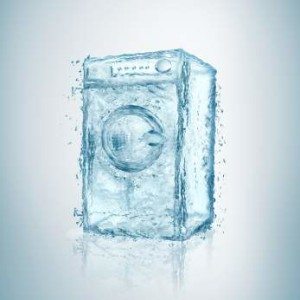 In modern conditions, many companies producing washing machines are busy developing more efficient and economical models. They strive to make machines that consume less electricity and use less water.
In modern conditions, many companies producing washing machines are busy developing more efficient and economical models. They strive to make machines that consume less electricity and use less water.
Automatic machines differ in these parameters. Also, with different specified programs and different stages of washing, the amount of water can also be different. Typically, not a lot of water is required when choosing a wash for rough fabrics. A little more will be needed for synthetic and delicate items. The largest amount of water is used when rinsing. It should be noted that new washing machines are usually more economical than their older counterparts. That is, during the entire process they consume less water.
Why do you need a level sensor?
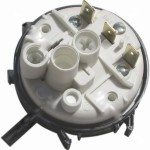 As is easy to understand from the name, the level sensor monitors the level of water entering the tank. It is active and performs its functions during the entire washing process. And it must collect and maintain the required amount of water for each specific operation.
As is easy to understand from the name, the level sensor monitors the level of water entering the tank. It is active and performs its functions during the entire washing process. And it must collect and maintain the required amount of water for each specific operation.
The washing machine takes in a lot of water
If your washing machine overflows water. That is, if it collects too much, the following malfunctions are possible:
- Failure of the water fill valve, in this case water continues to fill all the time.
- The level sensor (pressure switch) is broken. This can also lead to this malfunction.
- This problem can also occur during the very first wash. In the event that your washing machine was transported in a horizontal position.
- Incorrect installation of the washing machine.
Troubleshooting
First, we recommend checking that the washing machine is connected to the water correctly.
You can find exact information on how high the drain and inlet hoses can be from the floor in the operating instructions for your household appliance. After checking, you can proceed to the next stage - fill and empty the tank two or three times. This is done using buttons or other machine controls.
Intake valve malfunction
Once the water has been drained, make sure that no water continues to flow into the detergent container. If it does, it means the problem is in the valve responsible for filling the water. Also, with this breakdown, water can be poured into the tank even when the washing machine is turned off. This could be due to a breakdown intake valve, and because it is clogged. The surest way to get rid of this problem is to replace this part.
You can find out how to make such a replacement yourself by watching the video:
In the event of such a breakdown, it is necessary, first of all, to turn off the tap, cutting off the washing machine from the water. And only after that you can replace the valve yourself (don’t forget to turn off the power to the machine before doing this) or call a specialist. If the tap is left open, there is a possibility that water will fill the entire tank and begin to flow out.
The water drains itself
This problem can occur even if the machine is connected correctly. This can happen because the pressure level in the sewer system is very low. And the water is simply drawn in there, leaving the washing machine tank. To solve this problem, we recommend purchasing an anti-drain valve (“anti-drain”) and placing it in the hose gap.With its help, you will save the machine from such draining of water.
Plumbing problems
 If water is poured in very slowly or not at all, then it is worth checking its presence and pressure in the water pipe. To do this, simply open the kitchen faucet (or bathroom faucet). Accordingly, if you see that the water is not flowing, then the problem is that someone turned it off. And if it flows, but barely, it means the pressure is low. And for this reason, water can fill the tank very slowly. To resolve this issue, we advise you to contact the Housing Office. They may already know that your home has this problem. In this case, they will inform you when it will be eliminated. Or they don't even know what happened. In this case, they need to be informed so that they can take up the matter.
If water is poured in very slowly or not at all, then it is worth checking its presence and pressure in the water pipe. To do this, simply open the kitchen faucet (or bathroom faucet). Accordingly, if you see that the water is not flowing, then the problem is that someone turned it off. And if it flows, but barely, it means the pressure is low. And for this reason, water can fill the tank very slowly. To resolve this issue, we advise you to contact the Housing Office. They may already know that your home has this problem. In this case, they will inform you when it will be eliminated. Or they don't even know what happened. In this case, they need to be informed so that they can take up the matter.
It is also worth checking the tap that blocks the access of water to the machine. It may not be fully open or even closed. If your problem is that the water does not fill, then you can also read this article: The washing machine does not fill with water.
Malfunction of the level relay (sensor) or its tube
Most often, this breakdown manifests itself as follows: water continues to accumulate after the machine starts operating and does not stop. In order to make sure that the breakdown is in the sensor, you need to remove the sensor tube and examine it for damage and holes. If the tube leaks, it must be replaced with a new one. If the level sensor itself is faulty, then it should be replaced.
You can watch video instructions for replacing the level sensor (relay) below:
We wish you success in self-repair and long life for your household appliances! Have a good day!
Interesting:
7 reader comments
Add a comment Cancel reply
Categories
Washing machine repair


For buyers

For users

Dishwasher




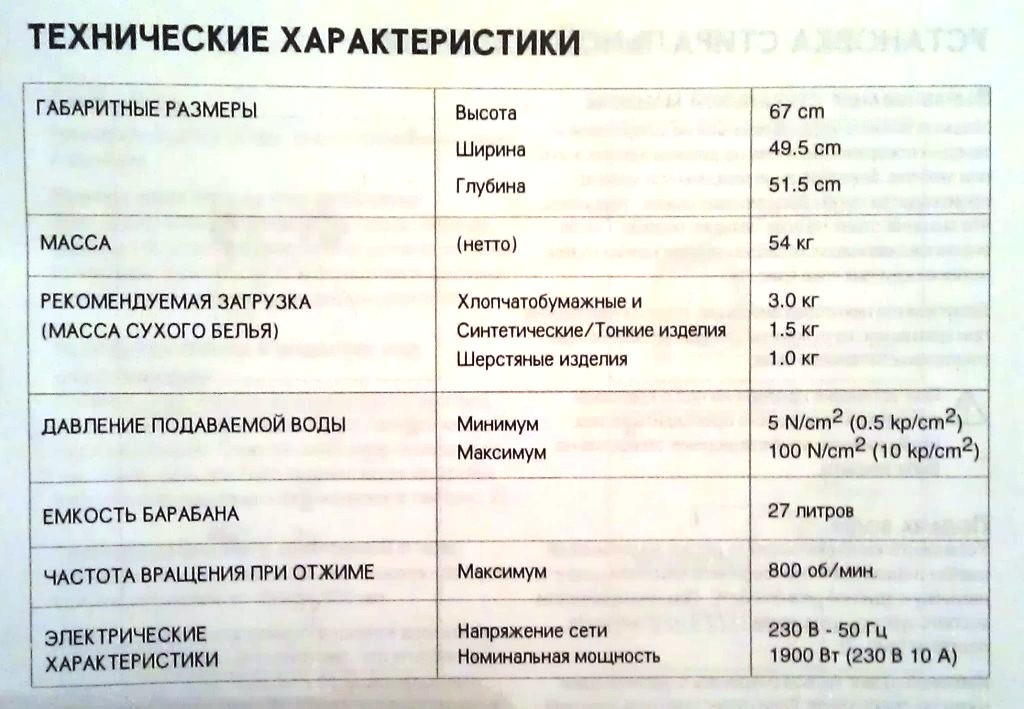
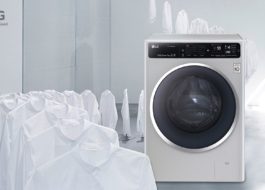
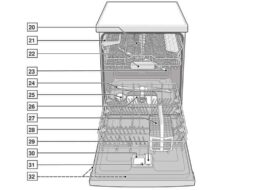










I have an automatic machine. It worked flawlessly for several years. Today I started doing laundry, and it constantly adds water without stopping. How to independently determine the serviceability of the water level sensor itself before changing it. After all, this may not be the case.
Good day! Maybe someone will find the information useful. I recently encountered a problem myself: when rinsing, the LG WD12395NDK machine took on water without stopping (until the tank was full :)) and refused to wring out. So, the problem was that the lower plastic part of the pipe connecting the pressure switch to the pump and tank was clogged with deposits. Ten minutes and you can forget about the problem for several years!
I also have a strange thing happen with my Siltal sx428 car - there were overflows into the tank, followed by the engine stopping until it drained. Now something else has arisen (but the water level is normal): after 30-40 minutes of work - when washing or already when rinsing, instead of measured rotations of the drum, a sharp rotation of the drum (throw) occurs, followed by a stop. Do this 3 times, and the engine stops until the operation of draining the water begins. And if you turn off the machine after these 1-2 “throws” for 5-10 minutes. – everything washes normally (as usual. What’s happening to my machine? – question
Most likely you need to change the Tachometer (engine speed sensor) or clean the contacts. Perhaps water got in there.
LG car, you can’t see any water in the tank at all, is this normal?
We also wash semi-dry clothes on a quick wash. And when he cleans the drum, he collects a third of the glass.
Good afternoon. Please tell me, is it possible to use the centrifuge of the Indesit washing machine to spin clothes if there is currently no water in the tap?